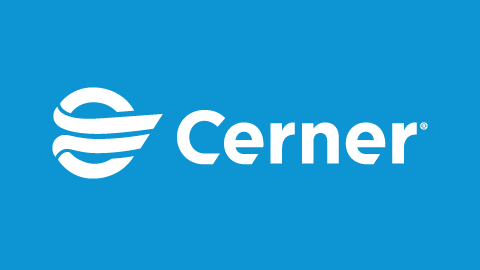Estimated read time: 3 minutes
As a self-insured employer, you take on the financial risk of providing health care benefits for your employees. In the pursuit of improving employee health and lowering costs, analytics are instrumental in defining, measuring and achieving the goals of your health benefits program. Simply put: Analytics are key to evaluating the effectiveness of your workforce health strategies.
So how do you use analytics to start or revamp your employee health benefits plan? Put these five steps to work for your organization:
1. Gather
The data generated from your health benefits programs is yours to evaluate at the aggregate level. As you gather data, first consider where it lives and what’s most valuable – think claims, pharmacy and medical data. When selecting partners for your benefits programs, make sure you can easily retrieve the data they collect on your organization’s behalf. Consider engaging with a consultant or analytics vendor on how to navigate these discussions.
2. Connect
The right technology can help your organization connect data from different sources for a more comprehensive view. Today, most employers only have visibility to claims data, which provides just one side of the picture. Having access to all the information, including clinical data, can provide a more accurate reflection of overall employee health and costs.
3. Discover
Now, put the data to work for you. A holistic view of your population and current benefits programs can help you uncover what’s impacting your clinical, financial and experiential results. Some of the helpful insights you can discover are:
- The condition risks driving up program costs
- The kinds of health outcomes those participating in your well-being programs are experiencing
- The value your employees are gaining from your organization’s investment
4. Act
Next, use the analytical insights to determine where to invest or adjust your health benefits programs. For example, if program participation is down, you may need to add engagement services or use customer relationship management technology to improve employee engagement. Or, perhaps you see musculoskeletal health issues are on the rise and adding this additional service-line to your existing on-site health center would be beneficial.
5. Measure
Set benchmarks and a strategy on how your organization will measure success. Consider whether you should use a value-on-investment or return-on-investment approach (Unsure? Read this whitepaper for a comparison of the two methods). Then use analytics to track results.
With analytics, you can formulate a plan to achieve successful clinical, financial and experiential results for your organization that can lead to better health experiences and outcomes for your employees.
Cerner is using our industry-leading big data technology platform, HealtheIntent, ® to aggregate and connect data to deliver unique insights. When you know your population's health, you can predict what will happen, engage employees to act and manage results to improve health and care. Learn more about our analytic services and solutions.
More like this:
- How to improve your workforce health by connecting data – 3-minute read





c81e.jpg)